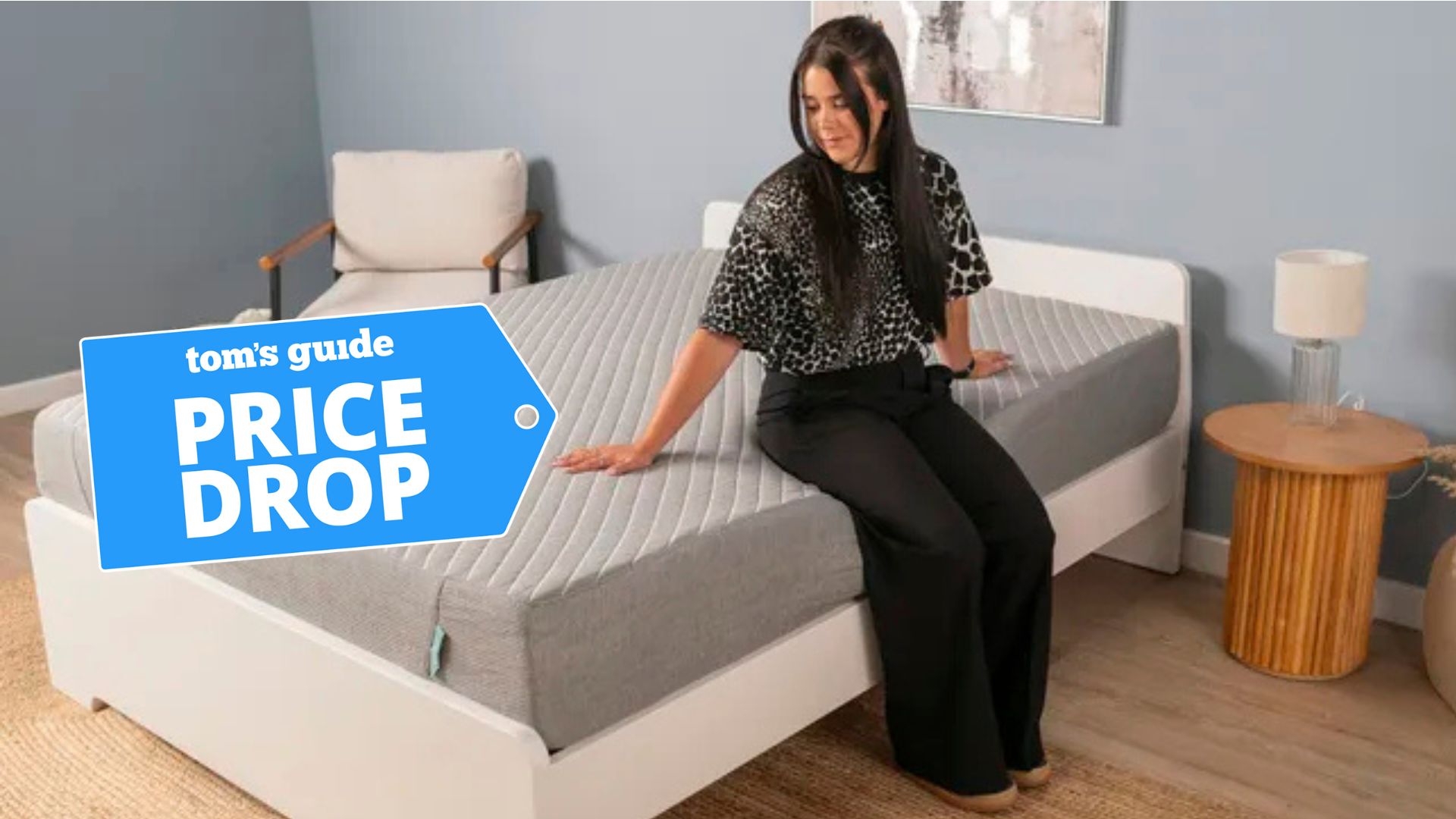8 things I wish I knew before I bought my first mattress
Price isn't everything, sleep position matters and motion isolation is more important than you think...
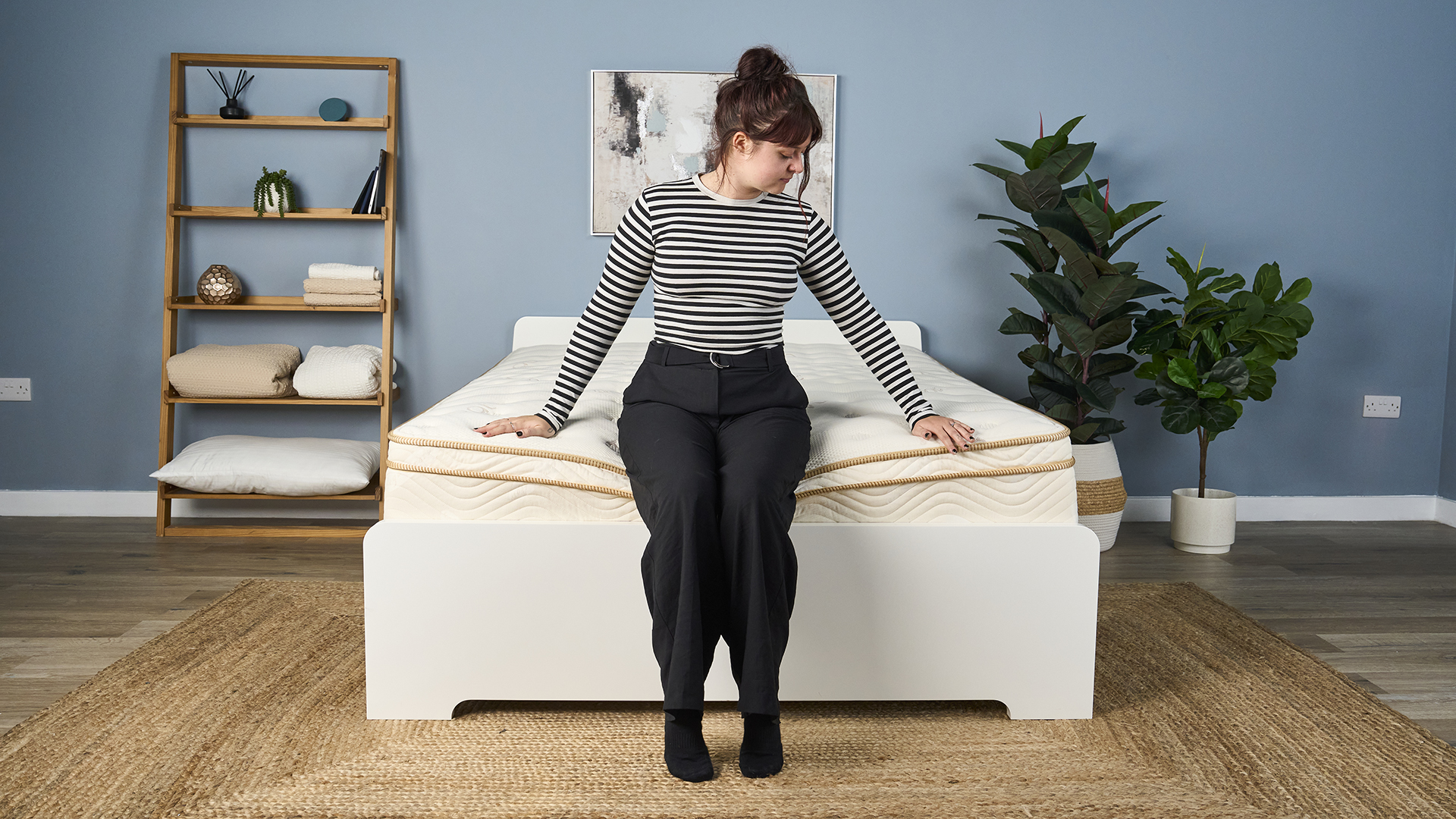
After leaving university (and student apartments,) it was time to buy my own mattress. Like the majority of young people, I didn’t really have any idea where to start. My main priority? Keeping costs low.
Fast forward a few years and I’m now the Sleep Features Editor for Tom’s Guide, which means I’ve tried my fair share of mattresses from some of the best brands like Saatva and Nectar.
Alongside this, I’ve examined materials, chatted to mattress manufacturers and discovered what makes a great bed.
It’s fair to say that I’d now do things a little differently if I was choosing a mattress again. So, to ensure you don’t make the same mistakes as me and you find the best mattress for your sleep needs, I’m sharing the eight things I wish I knew before I invested in my first bed.
8 things I wish I knew before I bought my first mattress
1. Sleeping position matters
When I bought my first mattress, I didn’t realise that certain beds were more suited to certain sleeping positions.
As a side sleeper, my main issue is pressure building up in the shoulders, hips and knees throughout the night.
However, when I was testing mattresses to choose one to buy, I only went off whether it felt comfortable in the two minutes I lay on it for (which almost every mattress was.)
Sign up to get the BEST of Tom's Guide direct to your inbox.
Get instant access to breaking news, the hottest reviews, great deals and helpful tips.
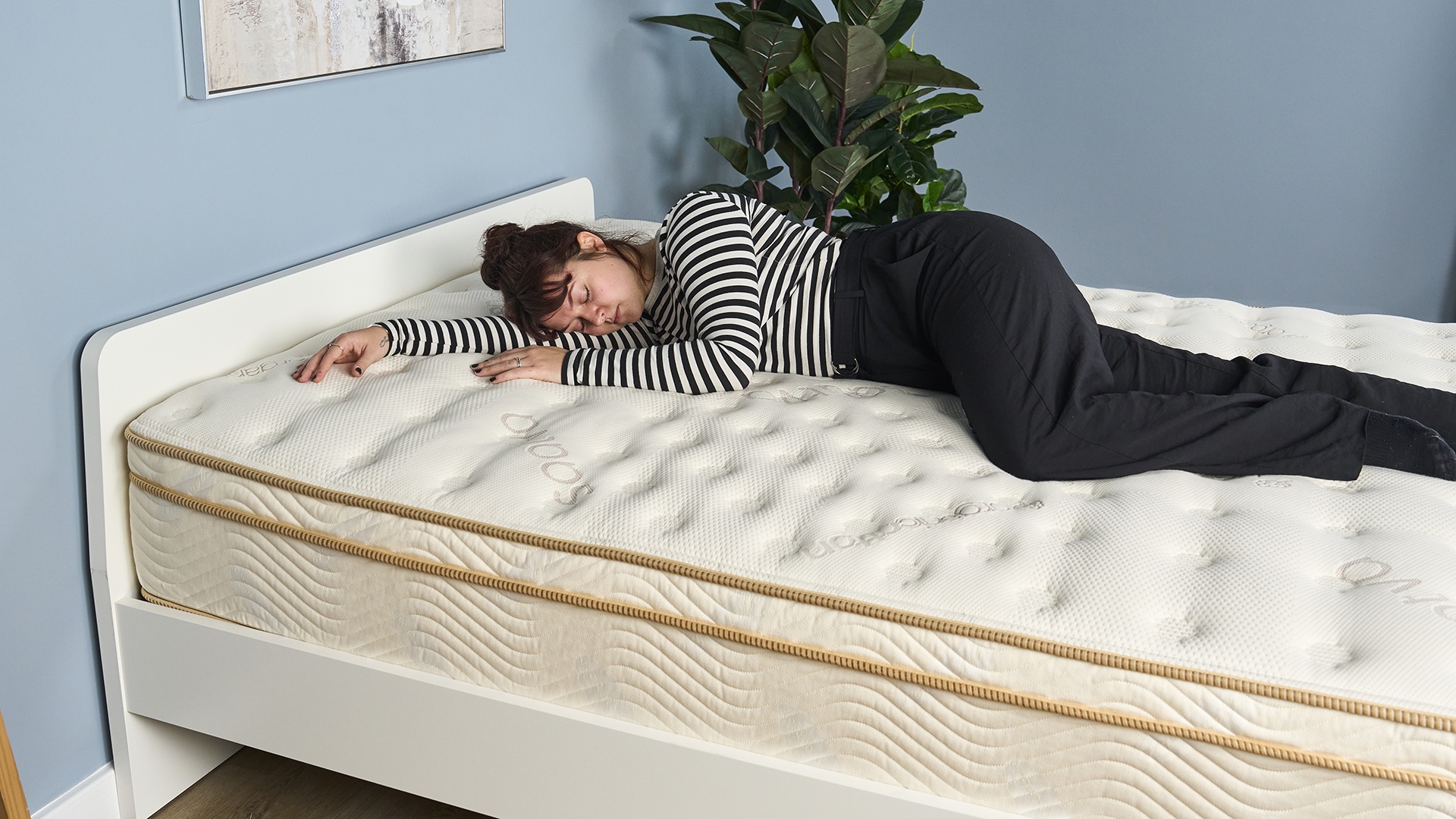
Instead, I should have chosen the materials, structure and feel that cushion side sleepers the best.
In general, back sleepers benefit from a medium firm to firm feel, to keep the spine aligned, and side sleepers benefit from a little more cushioning and ‘give’.
Usually, this means the best mattresses for side sleepers have a slightly more plush surface with extra comfort layers. Memory foam mattresses can be a great option as they allow the body to sink just enough to relieve pressure, but keep the spine aligned.
2. They last up to 10 years
If I knew a mattress lasted up to 10 years (and even 20 years for the best organic mattresses,) I’d have put a lot more thought into it.
Plenty can change in 10 years and you want a mattress that will support you no matter what. If I was choosing again, I'd probably opt for one of the best hybrid mattresses, thanks to their durability.
You’ll want to ensure your mattress has a decent warranty. The industry standard is 10-15 years, but some brands will offer lifetime warranties.
3. They should be at least 10” thick
Mattress thickness impacts the bed's support, durability and comfort.
Many cheap mattresses are often under 10”, which can be an indication that the support core isn’t thick enough to stop your body from sinking too deeply.
So, if a mattress seems too good to be true, double check how tall it is. The mattress I chose was just 7.8”, and while it seemed comfortable enough initially, after just a couple years of wear my partner and I started getting dead arms when sleeping on our side — a clear indication of pressure build up.
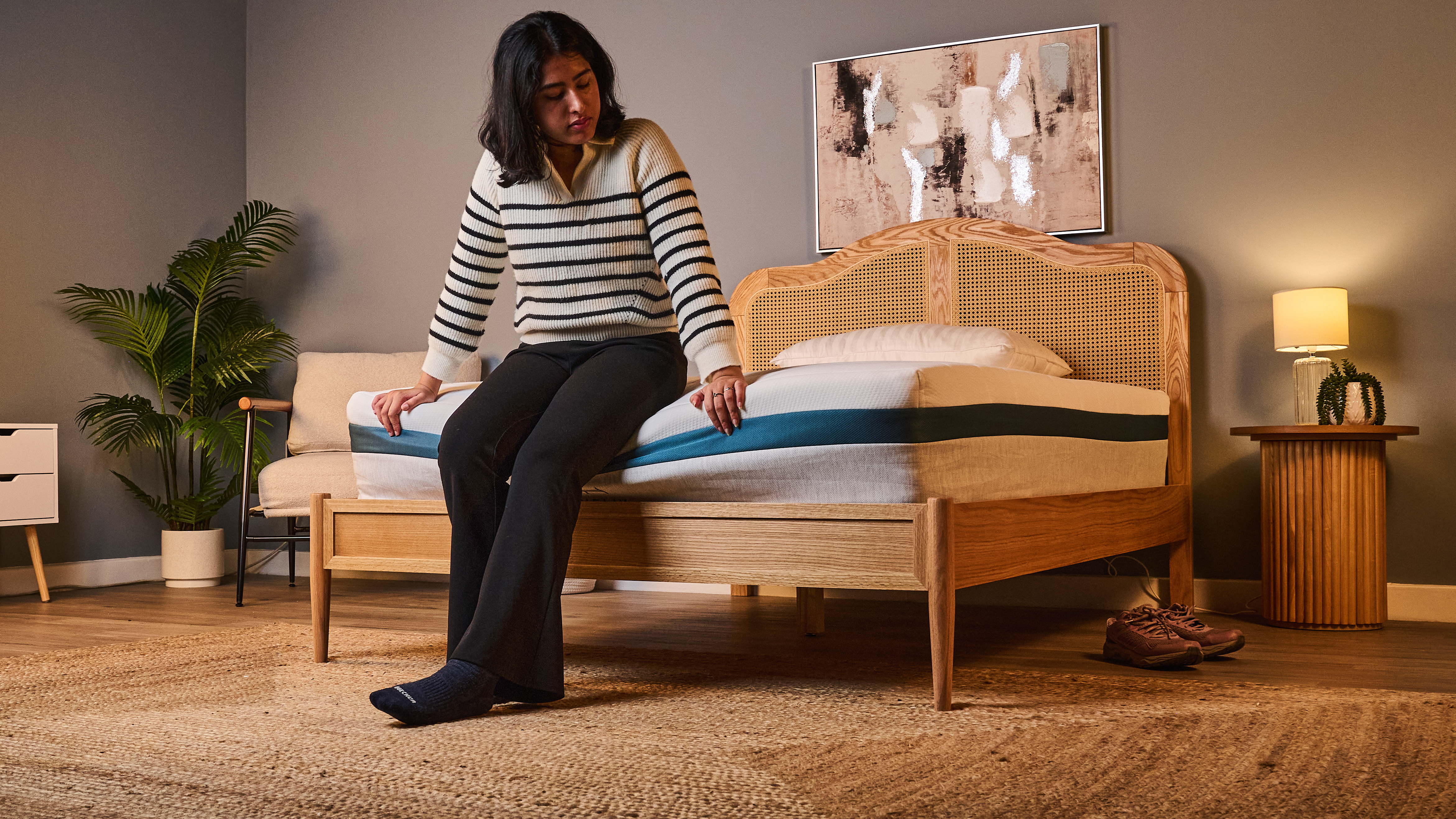
4. Motion isolation is important
My partner and I often have very different sleep schedules — he’s a night owl while I love an early night and morning.
I couldn’t figure out why this was bothering me so much, until I learnt about motion isolation.
Every night, when he was coming to bed, I woke up, practically bouncing awake. That was because our cheap spring mattress transferred motion across the bed.
After we switched our mattress to a memory foam option, I slept soundly, and sometimes I still don’t even notice when my partner comes to bed.
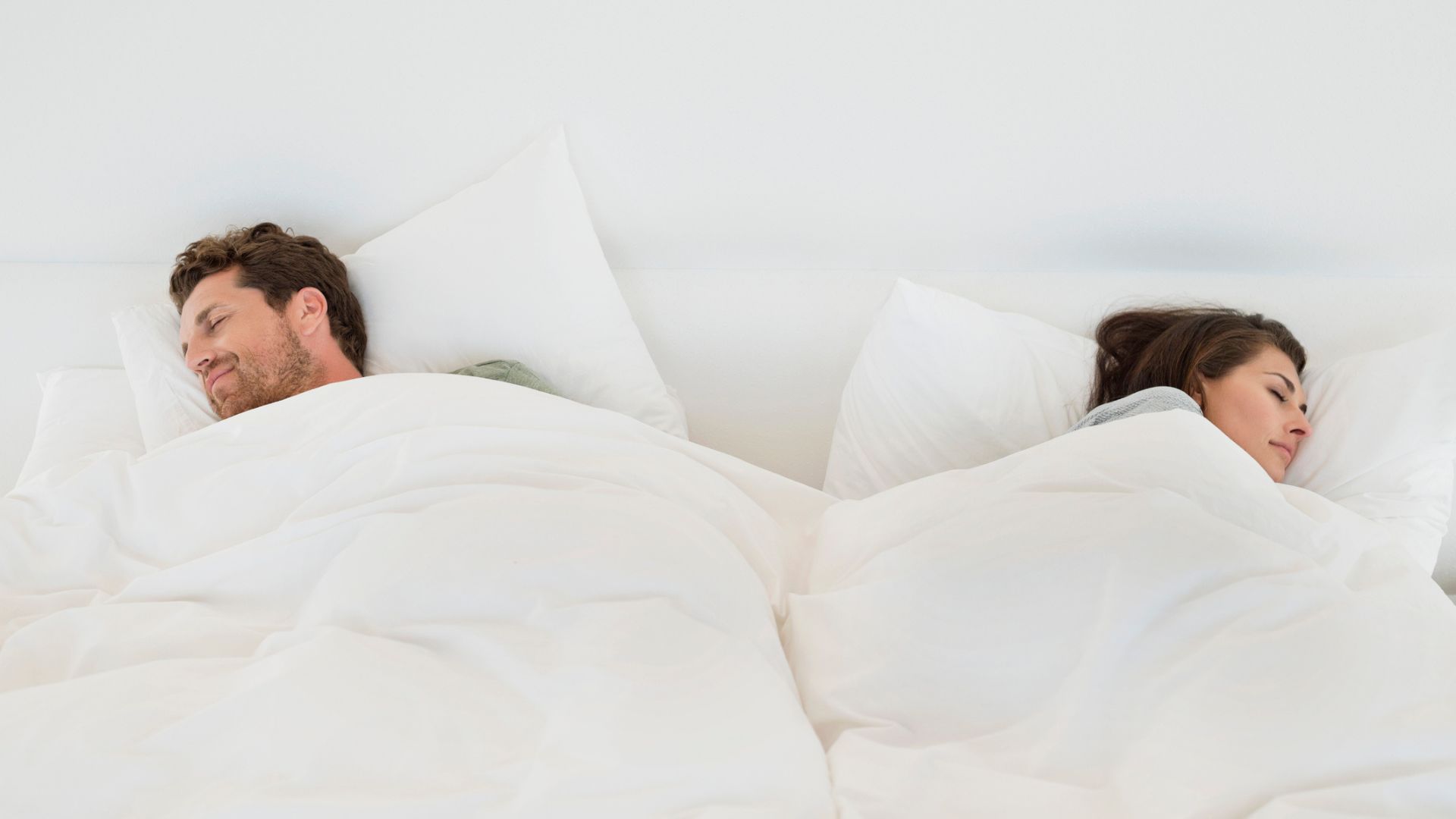
5. It’s worth spending the money
My main priority when I was first buying a mattress was to find the cheapest one I could. The lower the price the better.
I didn’t realize how much a mattress can impact sleep, which sounds silly now.
With mattress prices varying so much, with a queen size ranging from $300 to over $3,000, it’s difficult to know what to spend.
You can get a very good queen mattress for under $1,000, so set your budget within your means.
However, don’t prioritize cheapness over quality. Ensure the material is high quality and the structure has enough comfort and support layers.
6. Certain mattresses are more cooling than others
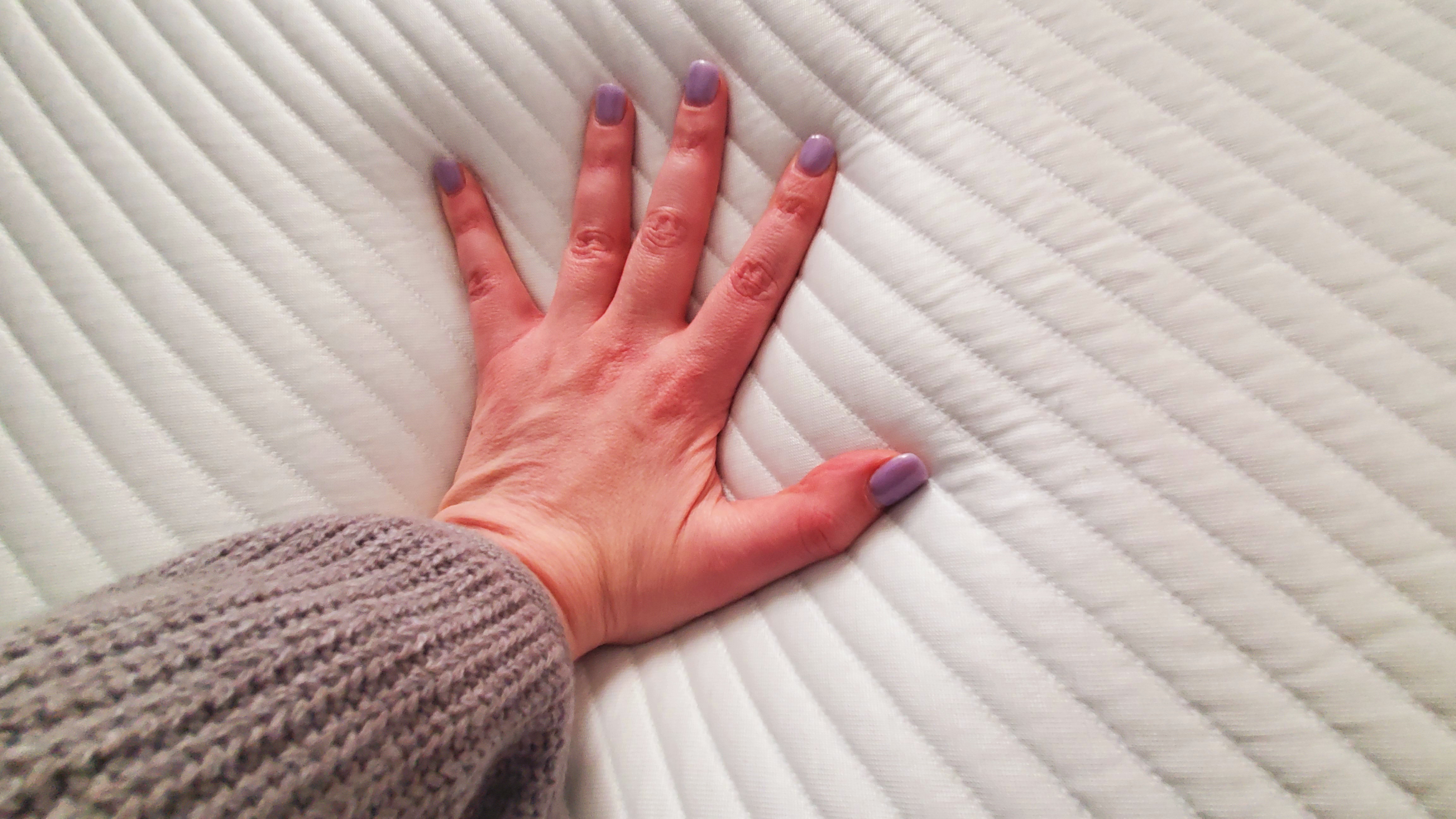
I live in an old, historic building which is freezing in the winter and boiling in the summer.
That means that throughout the summer my partner and I often overheat, making it seem almost impossible to sleep through the night.
We actually got lucky with the mattress we chose. Being a spring bed, there was plenty of airflow.
But if I knew a bed could help with temperature regulation, we would have opted for one of the best cooling mattresses. These use natural materials like wool, cotton and latex that are naturally more breathable and moisture wicking than chemical materials like memory foam. They also often incorporate specific cooling tech, like copper and GlacioTex.
7. Sizing up makes all the difference
I always thought that squeezing anything bigger than a full size (a double in the UK) into our tiny bedroom would be a ridiculous suggestion.
But then I realized the only difference between a queen and a full is just a few inches, but it feels so much bigger.
Now I’ve tested a queen size mattress in our room, I wish we bought one to start with.
It feels no different in the bedroom, but my partner and I feel like we have so much more room to spread out and get comfortable.

8. Sleep trials are important
Even though my first mattress came with a sleep trial, I didn’t even know what that meant when I bought it.
Now, I understand that it's a period of time where you can sleep on a mattress and return it if it’s not right for you, and that makes buying a new mattress that much easier.
The industry standard usually allows you to sleep on the mattress for 100-120 nights and if it’s still not right for you at the end of the trial, you can return it for a full refund. Some brands, like Saatva and DreamCloud offer a full 365-night trial.
If a mattress doesn’t come with a sleep trial, we’d generally suggest avoiding it. It might indicate that the brand isn’t as trustworthy as other reputable companies might be.
It’s also just a big risk, especially if you are buying online and haven’t felt the mattress yourself.

Lauren is an experienced writer and editor in the health and lifestyle industry and has led many campaigns and projects that deliver news, advice, and research on all things sleep. As the Sleep Features Editor for Tom’s Guide, Lauren writes, commissions and edits sleep and mattress content, from in-depth how-tos in sleep and mattress health to interviews with doctors and neuroscientists on the latest news in sleep. Lauren regularly tests new sleep tech and accessories to evaluate their effectiveness for getting good quality sleep and easing specific sleep struggles like nighttime anxiety. Alongside this, Lauren reports on the best mattress brands out there, like Helix, Saatva, and DreamCloud, helping readers find the right mattress for them and the best deals on them.
You must confirm your public display name before commenting
Please logout and then login again, you will then be prompted to enter your display name.
